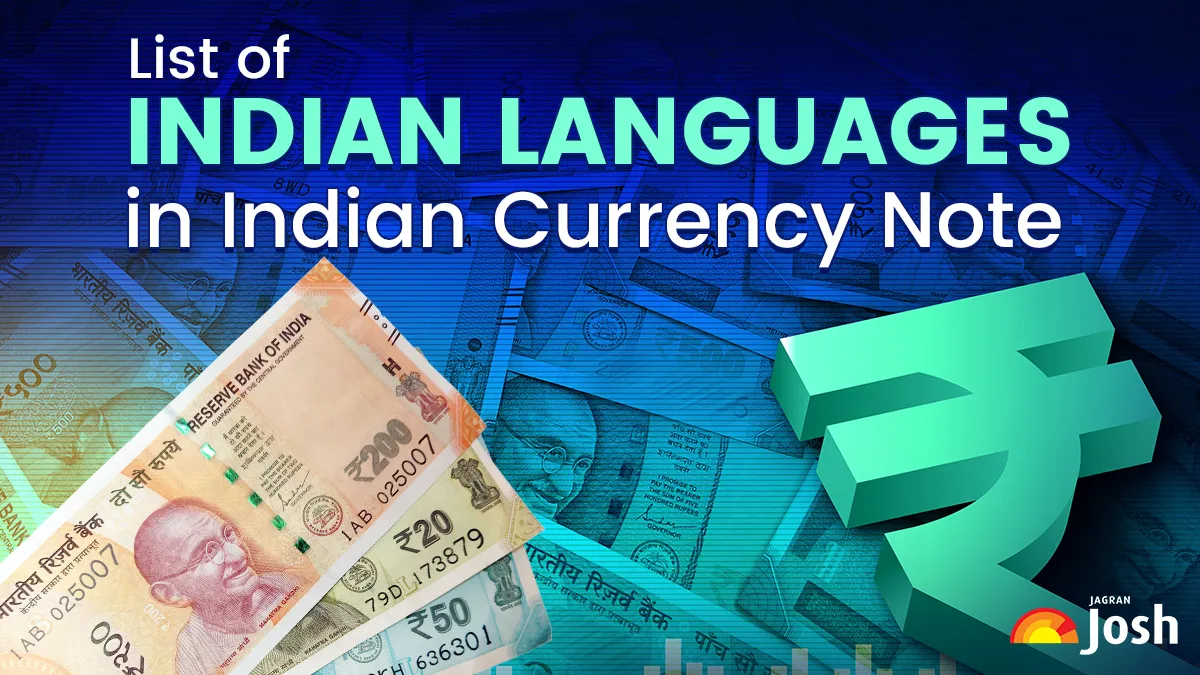India is a country of multiple languages and dialects. One thing you may not have noticed is the list of several languages that appears on the back of every note you may be holding, be it Rs 10, Rs 20, Rs 100, or Rs 500. Have you ever wondered how many and which languages are used on Indian banknotes?
In addition to Hindi being prominently shown in the center of the note and English on the reverse, there are fifteen languages that appear in the language panel of banknotes, regardless of the value you see.
List of Indian Languages in Indian Currency Note
There are fifteen different languages printed on the Reserve Bank of India's current currency notes. This is in addition to the Hindi that is shown in the middle and the English that is shown on the note's back. The note is printed in the following 15 languages:
-
Assamese
-
Bengali
-
Gujarati
-
Kannada
-
Kashmiri
-
Konkani
-
Malayalam
-
Marathi
-
Nepali
-
Oriya
-
Punjabi
-
Sanskrit
-
Tamil
-
Telugu
-
Urdu
What is Written in these Languages?
Any Indian currency banknote you see will have the denomination of the currency you are holding, such as Rs 100 or Rs 500, inscribed on the back in fifteen different languages. For instance, the back of a Rs 100 note you are holding will have text written in 15 different Indian languages, telling the bearer that he/she has a Rs 100 Note.
Interesting Facts About Indian Currency
Check some of the interesting facts that you might not have known about the Indian Currency:
-
The Paper Currency Act of 1861 granted the Indian government the authority to print and distribute currency.
-
The Mahatma Gandhi series (10 Rupee Note) was the first note issued by the RBI in 1996.
-
The currency, including notes and coins, printed in India is known as Fiat money, because the Indian government backs it.
-
The Reserve Bank is the only entity authorized to print banknotes in India under section 22 of the RBI Act.
-
There are banknotes in circulation in the following denominations: 10, 20, 50, 100, 200, 500, and 2000.
-
In India, four currency presses—two owned by the Reserve Bank and two by the Government of India—print banknotes.
